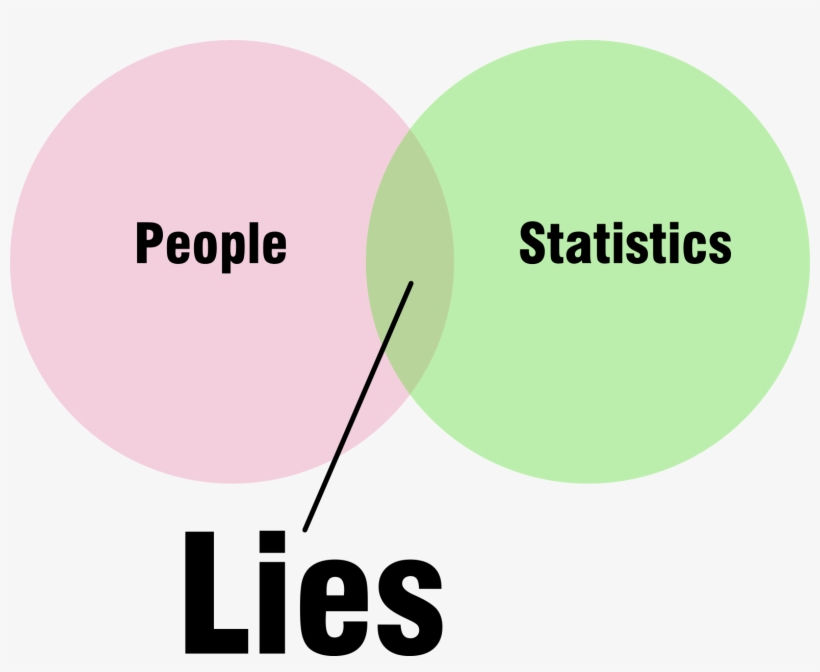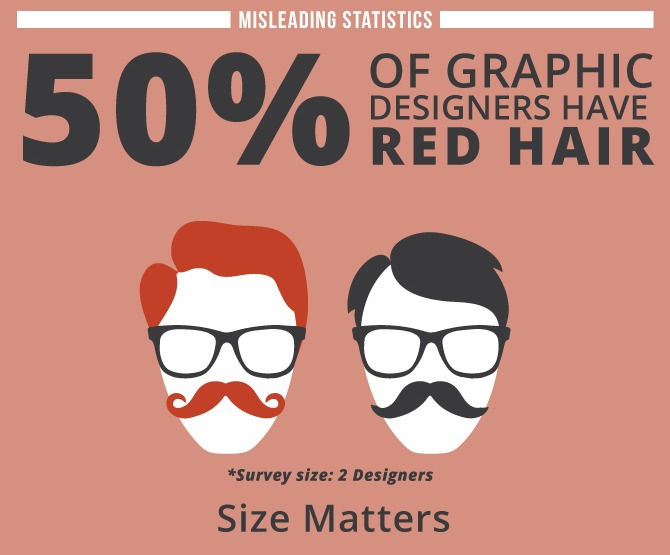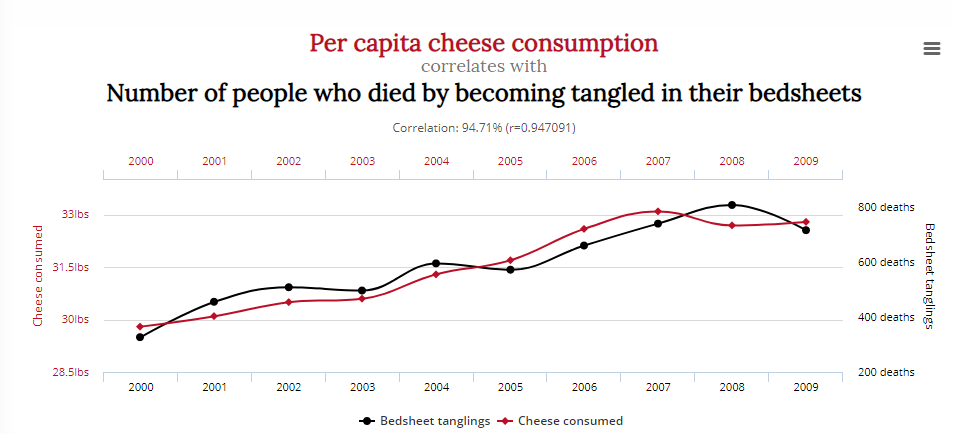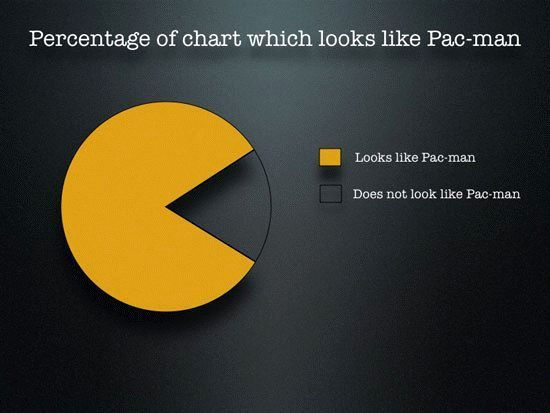Lies, Statistics & Other Stories
- Santhosh Sivaraj

- Jun 24, 2021
- 4 min read

There are three kinds of lies: lies, damned lies and statistics. – Disraeli
Use this; this sanitiser kills 99.99% of Germs.
Don't drive on highways at 8.00 pm. Statistics say most fatalities on highways occur at 8 pm.
Drink this – It says 31% more juice.
Use this Shampoo – It says 60% more shinier.
If you had fallen for anything similar to the above, then there are many chances that you have been brainwashed. Before getting into the details of statistics, let me tell you how you could have been brainwashed.
Sanitiser kills 99.99% of germs
If you want to convince someone of something and yet you don't have the exact proof. Try doing something else and try telling them they are just the same. In statistics, it called a semi-attached figure.
The so-called sanitiser may not kill the germs you want to kill, but its spray killed most of the random germs in a test tube in a laboratory under ten seconds. The sanitiser never demonstrated its power on a coronavirus, or its side effects were studied thoroughly, yet they sounded just right to get the sale.
Fatalities on highways
Your Newspaper claims that there are four times as many fatalities on the highways at 8 pm, indicating it's too dangerous to drive on highways at 8 pm. Interestingly the truth is that there are simply more people on the highways that time to end up dead in case of an accident.
31% more juice & 60 % more Shinier Shampoo
One of the great ways to deceive people with comparisons is to use percentages. Percentage offers a fertile field of confusion. All you have to do is "forget" to mention what you are actually comparing.
"26 per cent more juice," But what, exactly, is it 26 per cent more of?
"60 per cent shinier," shinier than what?


Knowledge is a big subject. Ignorance is bigger.
The two types of ignorance.
1. Willful stupidity - Deliberately ignorance of facts or logic, often to maintain your beliefs about the world.
2. Absence of facts or insight - Individual's lack of knowledge. This, unlike willful stupidity, is a valuable kind of ignorance, and in fact, spurs scientific research.
About averages

If you had taken maths a bit seriously, you would realise that all averages are not created equally. There are, in fact, three different types of averages: the mean, the median and the mode, and each is distinct.
The same data can be projected differently under the disguise of mean, median or mode based on the need of the projector.
As you can see, the word "average" isn't as straightforward as we might think, so it's always worth asking exactly which "average" people are talking about.
Statistics is not an actual reality

People need simplified statistics, and yet nature is not that simple. Consider the human eye. While it is a sophisticated organ, there are still things it cannot do. For example, it can't detect ultraviolet light. As a result, we simply had no idea that ultraviolet light even existed until very recently.
Now consider the human mind. Applying this same example, we have to stop and think how we could possibly expect to understand everything in our world when some things may simply be incomprehensible, considering the limitations of our minds.
Mathematics is filled with ideas that seem obvious now... but are in fact not obvious at all."
Proof is nothing but a collection of opinions that match your own.
The Sample
For a sample to be "good," it must possess two qualities: it must be large enough to be statistically significant, and it must be random.
With the sample set, the marketers get a chance to skew their results.
Because if a sample is too small, it's not "statistically significant."
Consider a coin toss. We know the statistical possibility of the head is 50%, yet two or three tosses might not give us the correct answer since it's not sufficient to arrive at the solution.
Therefore, reliable studies use a statistically significant sample to ensure that the outcome of the experiment or study is not biased by chance, like our coin toss.
Now the sample has to be random too. Consider if the BBC conducts a poll on Kargil war, it would say that it was India that attacked Pakistan first. The reason being that all their sample set in the survey would be from Pakistan soil.
The secret language of statistics is to sensationalise, inflate, confuse and oversimplify.


Conclusion
Not all statistical errors hide malicious intent. Some errors result from simple misunderstandings, such as the post-hoc fallacy, which says that we often assume causal relationships between two things simply because they occur simultaneously.
However, just because two things happen simultaneously doesn't mean that's the case. In fact, when A and B occur together, we can't necessarily know whether A causes B or whether it was the other way around.
It could even be the case that both A and B are actually the product of some unknown factor, C!

When statistics are presented, ask yourself the right questions. Consider who conducted the study and what their motives might be.
For example, studies conducted or sponsored by companies should constantly be scrutinised carefully because the companies are strongly motivated to produce results that favour them somehow.

If there's no sample size given, be suspicious!
Samples are only useful if they're statistically significant. If they aren't, then the experimenters have free rein to manipulate the results as they wish by changing the parameters of their experiment until they've reached the desired results, thus allowing them to make sensational claims under the guise of scientific language.

Remember, knowledge is interpreting data differently as per the demands. Wisdom is knowing this.




Comments